North American Indian Exhibition, Musée du quai Branly, Paris
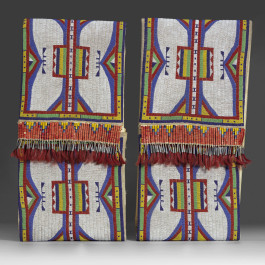
Plains Indians at the musée du quai Branly
15 images
Feathered headdresses, clothing richly ornamented with porcupine spines and glass beads, painted bison skins and ceremonial objects and sculptures in stone, wood, antler and shell are all to be displayed, in an exploration of North American Indian culture.
- Illinois, North America, mid 17th – mid 18th century, bison or deer skin, 121 x 107 cm, 71.1878.32.134 © musée du quai Branly , photo Thierry Ollivier, Michel Urtado Eagles, hawks and the spiritual ‘Thunderbird’ creature play an important role in the life and culture of the Indian people. Every detail of shape and colour has a symbolic meaning.
- split buffalo horns, sinew, deer and horse hair, dyed porcupine quills, glass beads, wooden sticks, silk ribbon, pigments, 30.5 x 26 x 42 cm, D 71.1934.33.32 © musée du quai Branly , photo Patrick Gries , Bruno Descoings
- Buffalo skin, porcupine quills and paint, 224 x 148 cm Painted Skin recounting the wartime exploits of a Sioux, Mandan or Arikara chief. © musée du quai Branly, photo Patrick Gries, Valerie Torre
- Buffalo skin, porcupine quills and paint, 224 x 148 cm Painted Skin recounting the wartime exploits of a Sioux, Mandan or Arikara chief. © musée du quai Branly, photo Patrick Gries, Valerie Torre
- © Weltmuseum Wien
- wool fabric, glass beads, silk ribbon, metal sequins, brass buttons 138.4 x 88.9 cm © William Lewis Knight
- wool fabric, glass beads, silk ribbon, metal sequins, brass buttons, 138.4 x 88.9 cm © William Lewis Knight
- Buffalo rawhide, tanned leather, pigment, diameter: 20 in. (50.8 cm) Copyright: © The Nelson-Atkins Museum of Art, Purchase: the Donald D. Jones Fund for American Indian Art
- Lakota (Sioux Teton) © The Warnock Splendid Heritage Collection
- tanned skin, porcupine quills, feathers, brass buttons, cowrie shells, glass beads, metal cones, horsehair, vegetable fibre, ribbon, braided cotton, woollen cloth, 125.1 x 74.9 cm © President and Fellows of Harvard College, Peabody Museum of Archaeology and Ethnology, Harvard university
- © Salem, Peabody Essex Museum
- rawhide, native tanned leather, glass beads, porcupine quills, metal cones, horsehair, 69.9 x 33.7 x 8.2 cm © The Nelson-Atkins Museum of Art, Gift of Frank Paxton Jr. Photographer: John Lamberton
- tanned skin, glass and copper beads, metal cones, horsehair, 122 x 99 cm, E362331 © National Museum of Natural History, Smithsonain Institute, Washington
- eagle feathers, leather, glass beads, wool cloth, metal cones, porcupine quills, horsehair, ribbon, otter, ermine, Length: 230 cm © Bernisches Historisches Museum, Bern. ethnographic collection
The exhibition ‘Indiens de Plaines’ at the Musée du quai Branly, Paris, from 8 April – 20 July 2014 is an investigation into the Plains Indians of North America, their iconography, the continuum of their artistic expression and their place in the changing cultural imagination.
Delving beyond the stereotypes, the show at the quai Branly contains 140 objects and artworks that offer visitors a journey into the life and traditions of the Cheyenne, Sioux, Blackfoot, Comanche and Pawnee, tribes whose names and stories have enthralled generations, most recently through film incarnations such as Little Big Man, Jimmy P. and Dances with Wolves.
A scenic setting has been designed by Jean-Michel Wilmotte, in which feathered headdresses, clothing richly ornamented with porcupine spines and glass beads, painted bison skins and ceremonial objects and sculptures in stone, wood, antler and shell are all to be displayed.
The show is curated by Gaylord Torrence, senior Curator of the Department of American Indian Art at The Nelson-Atkins Museum of Art, Kansas City, and produced in partnership with Nelson-Atkins and The Metropolitan Museum of Art, New York. A film series at the museum will explore the evolution of the representation of the Indian in Western cinema 12th April – 27th April, and an international symposium on the Indian iconographic tradition and its treatment in contemporary art will be held 18th – 19th June 2014.

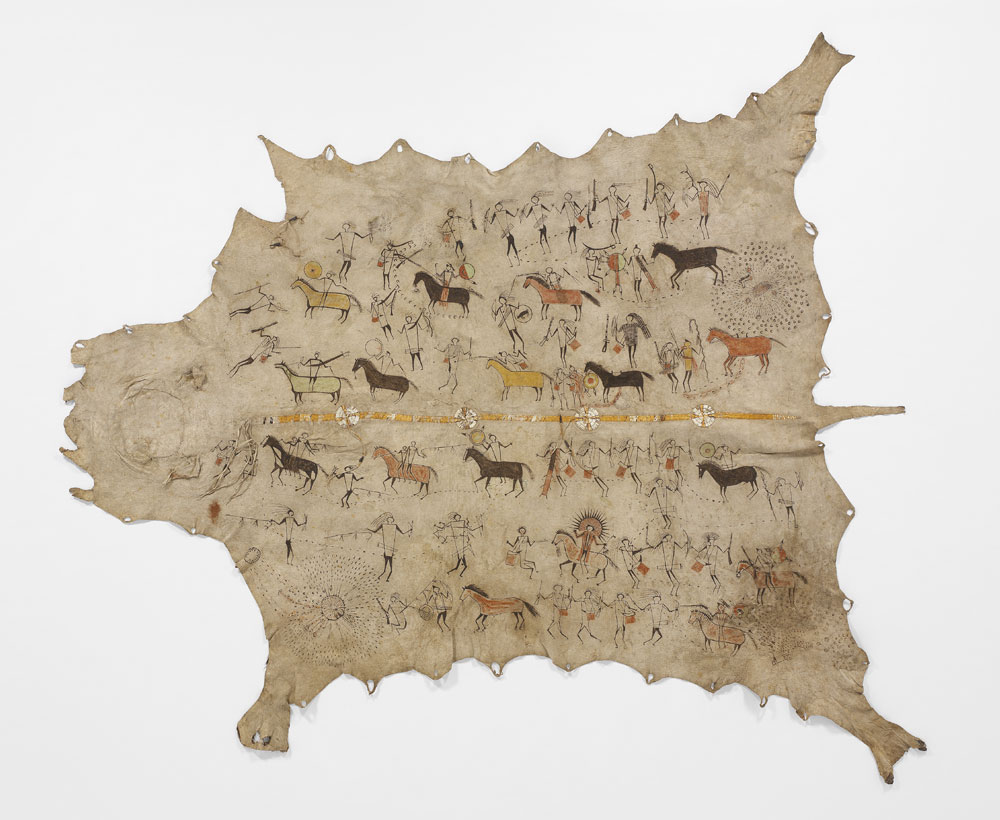
Quilled and painted robe, Sioux and Mandan, early 19th century
Buffalo skin, porcupine quills and paint, 224 x 148 cm Painted Skin recounting the wartime exploits of a Sioux, Mandan or Arikara chief. © musée du quai Branly, photo Patrick Gries, Valerie Torre
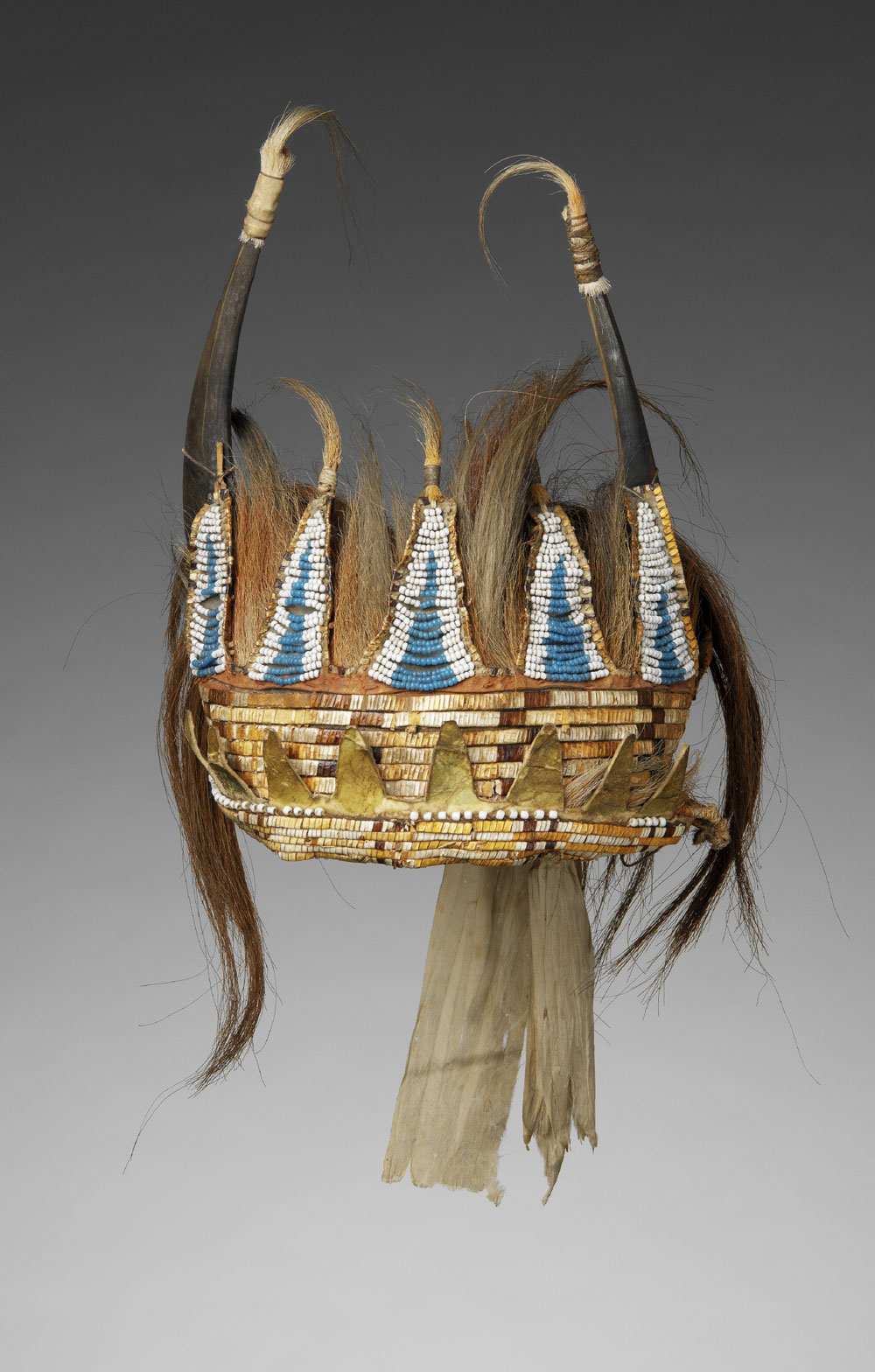
Bonnet, Sauk, 1780
split buffalo horns, sinew, deer and horse hair, dyed porcupine quills, glass beads, wooden sticks, silk ribbon, pigments, 30.5 x 26 x 42 cm, D 71.1934.33.32
© musée du quai Branly , photo Patrick Gries , Bruno Descoings



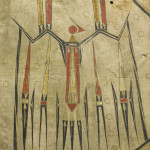
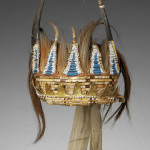
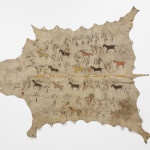
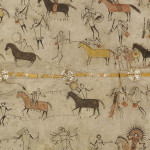
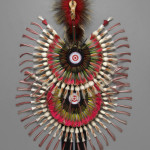
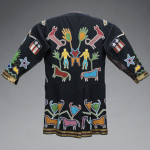
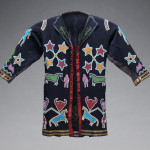
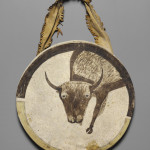
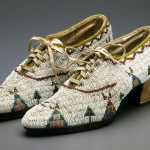
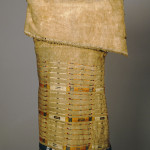
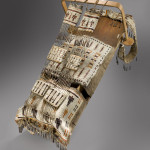
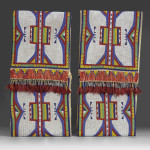
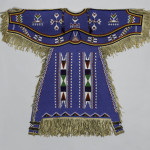
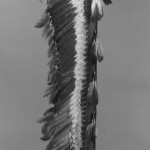
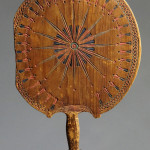










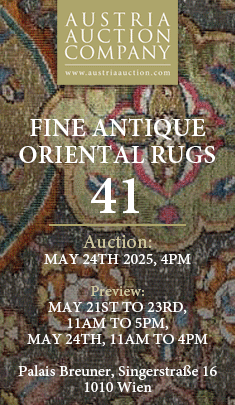
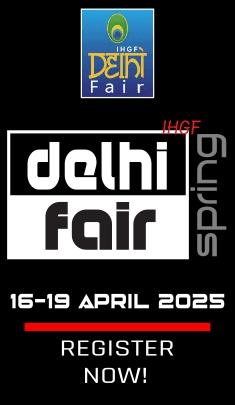
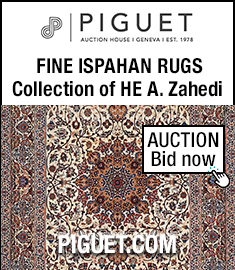
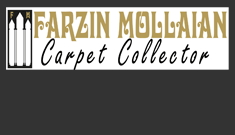
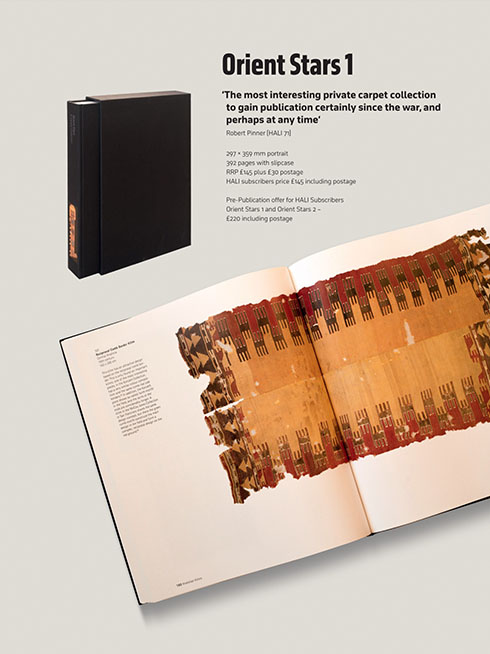
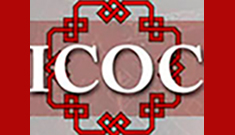

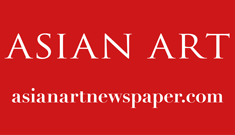
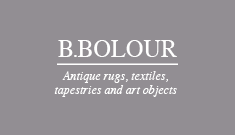
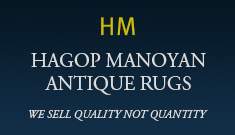

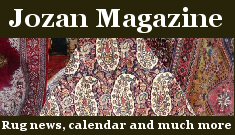
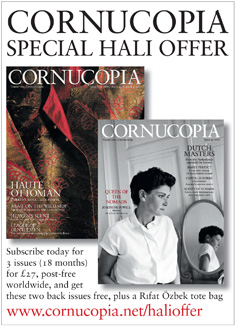

Comments [0] Sign in to comment